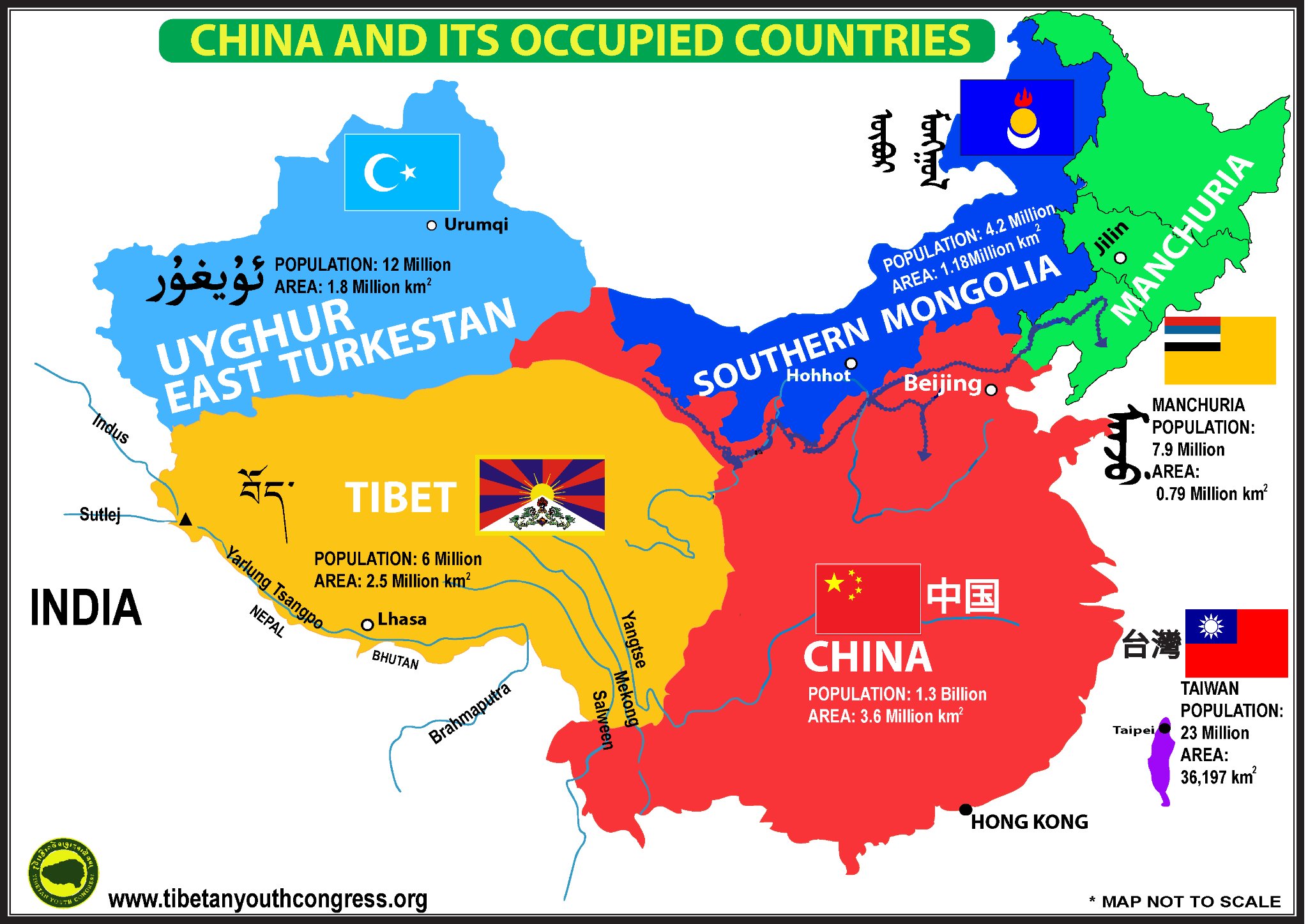
China's Controversial Occupied Map and Territorial Claims
China's occupied map has stirred significant geopolitical debate, particularly concerning its territorial claims. The latest official map released by China features a notable "ten-dash line," asserting that a large portion of the South China Sea belongs to China. This represents a shift from the previously recognized "nine-dash line," which has long sparked disputes with neighboring countries in the Asia-Pacific region.
A significant aspect of China's territorial claims lies in its historical context. China's occupied map references territories like Tibet, East Turkestan, Manchuria, and Southern Mongolia, suggesting they have always been part of China. This viewpoint fuels ongoing discussions about the legitimacy of China's assertions and highlights the complexities that arise in international dialogues over land and sovereignty. Moreover, China's occupied map includes various contested territories, covering areas claimed by India and Russia. These claims have raised alarms among these nations about China's growing territorial ambitions. The map's representation of these regions tends to escalate concerns regarding the stability in the region.
Additionally, the map encompasses specific territorial confrontations, such as that over Bolshoi Ussuriysky Island, located between the Ussuri and Amur rivers. This zone has seen tensions between Russia and China, showcasing how maps can become focal points in national disputes.
Overall, China's occupied map encapsulates its firm stance on maintaining territorial integrity and sovereignty. These claims not only affect regional relations but also shape the dynamics of international political discourse. As discussions continue about the real implications of these territorial assertions, it becomes increasingly crucial to monitor how China's occupied map influences global interactions.
For more insights on the geopolitical implications of China's map, visit Council on Foreign Relations.
